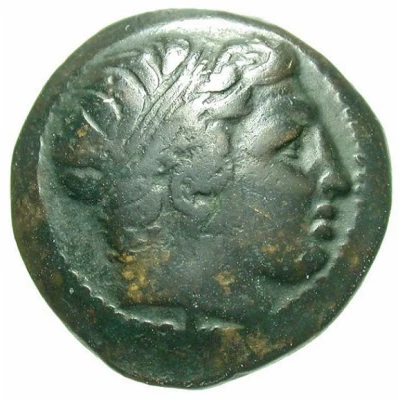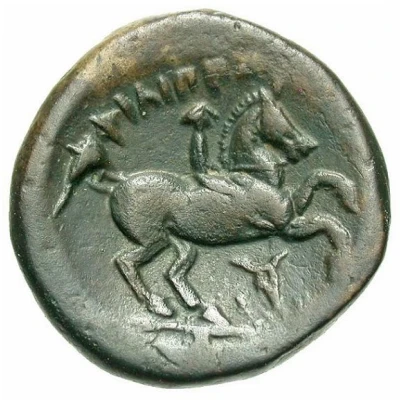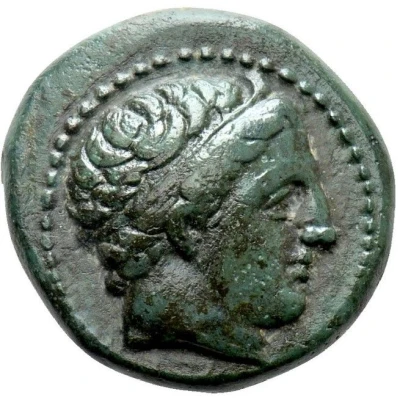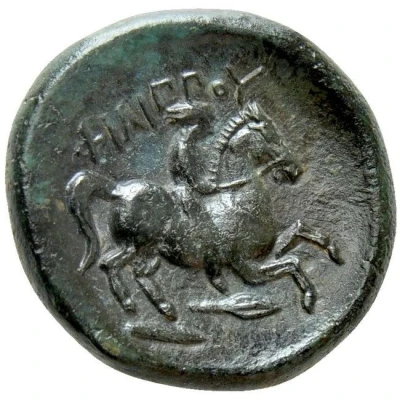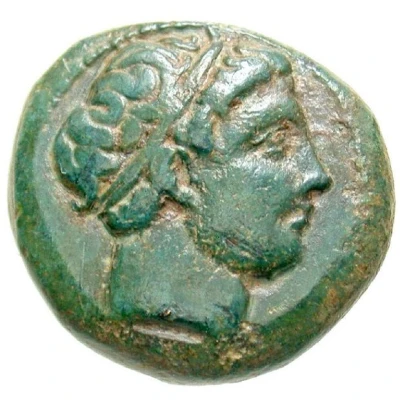
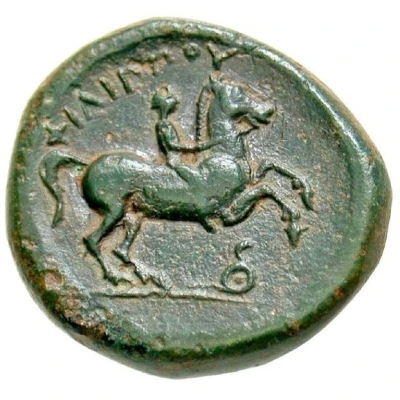

© Agora Auctions
Tetrachalkon - Philip II Coiled Serpent 359 BC - 336 BC
| Bronze | 6.3 g | 17 mm |
| Issuer | Kingdom of Macedonia |
|---|---|
| King | Philip II (359 BC - 336 BC) |
| Type | Standard circulation coin |
| Years | 359 BC - 336 BC |
| Value | Tetrachalkon (1⁄12) |
| Currency | Drachm |
| Composition | Bronze |
| Weight | 6.3 g |
| Diameter | 17 mm |
| Shape | Round (irregular) |
| Technique | Hammered |
| Orientation | Variable alignment ↺ |
| Demonetized | Yes |
| Updated | 2024-10-10 |
| Numista | N#376449 |
|---|---|
| Rarity index | 94% |
Reverse
Youth on horse right, coiled serpent below
Script: Greek
Lettering: ΦΙΛΙΡΡΟΥ
Translation: Philip II
Interesting fact
The Tetrachalkon - Philip II (Coiled Serpent) coin features an image of a coiled serpent on one side, which was a symbol of royal power and authority in ancient Macedonia. The serpent was also associated with the god Apollo, who was revered as a protector of the kingdom. This coin was issued during the reign of Philip II, who was the father of Alexander the Great and known for his military conquests and territorial expansion. The coin's design reflects the cultural and religious beliefs of the time, and it remains a fascinating piece of history for collectors and historians today.
